Le Thanh Tan
Artificial Intelligence Assisted Collaborative Edge Caching in Small Cell Networks
May 16, 2020

Abstract:Edge caching is a new paradigm that has been exploited over the past several years to reduce the load for the core network and to enhance the content delivery performance. Many existing caching solutions only consider homogeneous caching placement due to the immense complexity associated with the heterogeneous caching models. Unlike these legacy modeling paradigms, this paper considers heterogeneous (1) content preference of the users and (2) caching models at the edge nodes. Besides, collaboration among these spatially distributed edge nodes is used aiming to maximize the cache hit ratio (CHR) in a two-tier heterogeneous network platform. However, due to complex combinatorial decision variables, the formulated problem is hard to solve in the polynomial time. Moreover, there does not even exist a ready-to-use tool or software to solve the problem. Thanks to artificial intelligence (AI), based on the methodologies of the conventional particle swarm optimization (PSO), we propose a modified PSO (M-PSO) to efficiently solve the complex constraint problem in a reasonable time. Using numerical analysis and simulation, we validate that the proposed algorithm significantly enhances the CHR performance when comparing to that of the existing baseline caching schemes.
A Machine Learning Based Framework for the Smart Healthcare Monitoring
Apr 04, 2020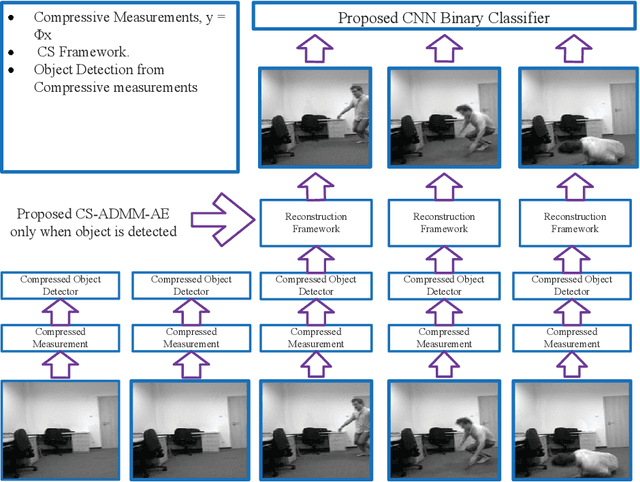

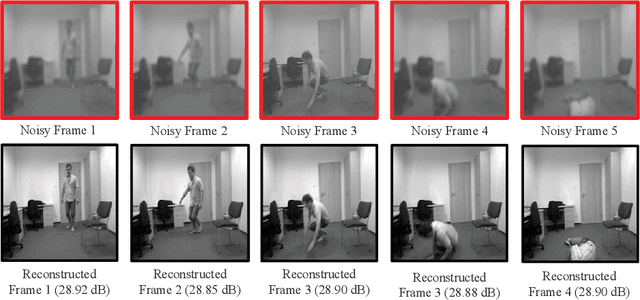
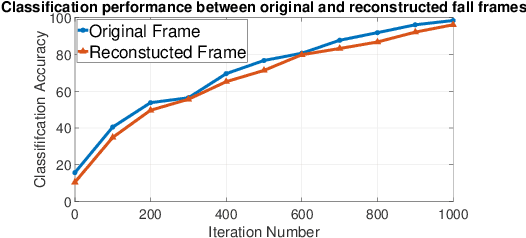
Abstract:In this paper, we propose a novel framework for the smart healthcare system, where we employ the compressed sensing (CS) and the combination of the state-of-the-art machine learning based denoiser as well as the alternating direction of method of multipliers (ADMM) structure. This integration significantly simplifies the software implementation for the lowcomplexity encoder, thanks to the modular structure of ADMM. Furthermore, we focus on detecting fall down actions from image streams. Thus, teh primary purpose of thus study is to reconstruct the image as visibly clear as possible and hence it helps the detection step at the trained classifier. For this efficient smart health monitoring framework, we employ the trained binary convolutional neural network (CNN) classifier for the fall-action classifier, because this scheme is a part of surveillance scenario. In this scenario, we deal with the fallimages, thus, we compress, transmit and reconstruct the fallimages. Experimental results demonstrate the impacts of network parameters and the significant performance gain of the proposal compared to traditional methods.
Joint Data Compression and MAC Protocol Design for Smartgrids with Renewable Energy
Jun 15, 2016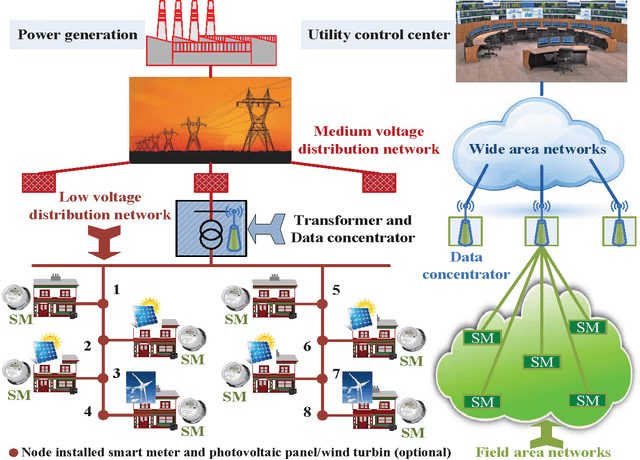
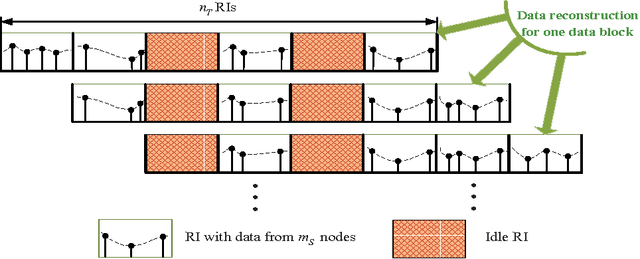
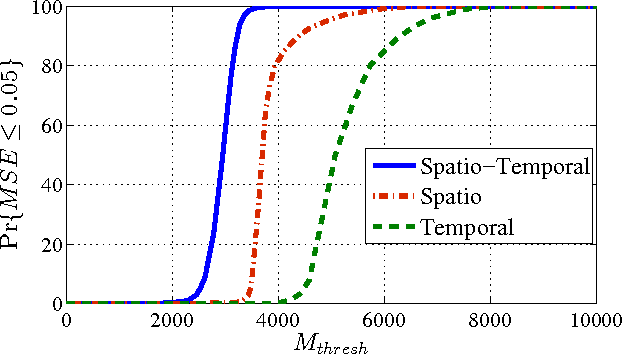
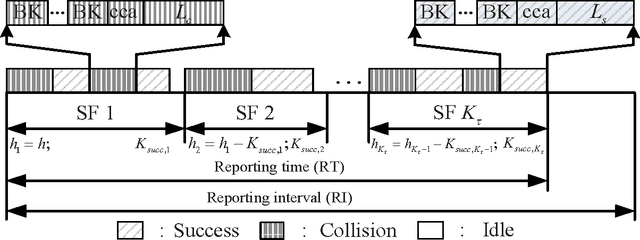
Abstract:In this paper, we consider the joint design of data compression and 802.15.4-based medium access control (MAC) protocol for smartgrids with renewable energy. We study the setting where a number of nodes, each of which comprises electricity load and/or renewable sources, report periodically their injected powers to a data concentrator. Our design exploits the correlation of the reported data in both time and space to efficiently design the data compression using the compressed sensing (CS) technique and theMAC protocol so that the reported data can be recovered reliably within minimum reporting time. Specifically, we perform the following design tasks: i) we employ the two-dimensional (2D) CS technique to compress the reported data in the distributed manner; ii) we propose to adapt the 802.15.4 MAC protocol frame structure to enable efficient data transmission and reliable data reconstruction; and iii) we develop an analytical model based on which we can obtain efficient MAC parameter configuration to minimize the reporting delay. Finally, numerical results are presented to demonstrate the effectiveness of our proposed framework compared to existing solutions.
 Add to Chrome
Add to Chrome Add to Firefox
Add to Firefox Add to Edge
Add to Edge